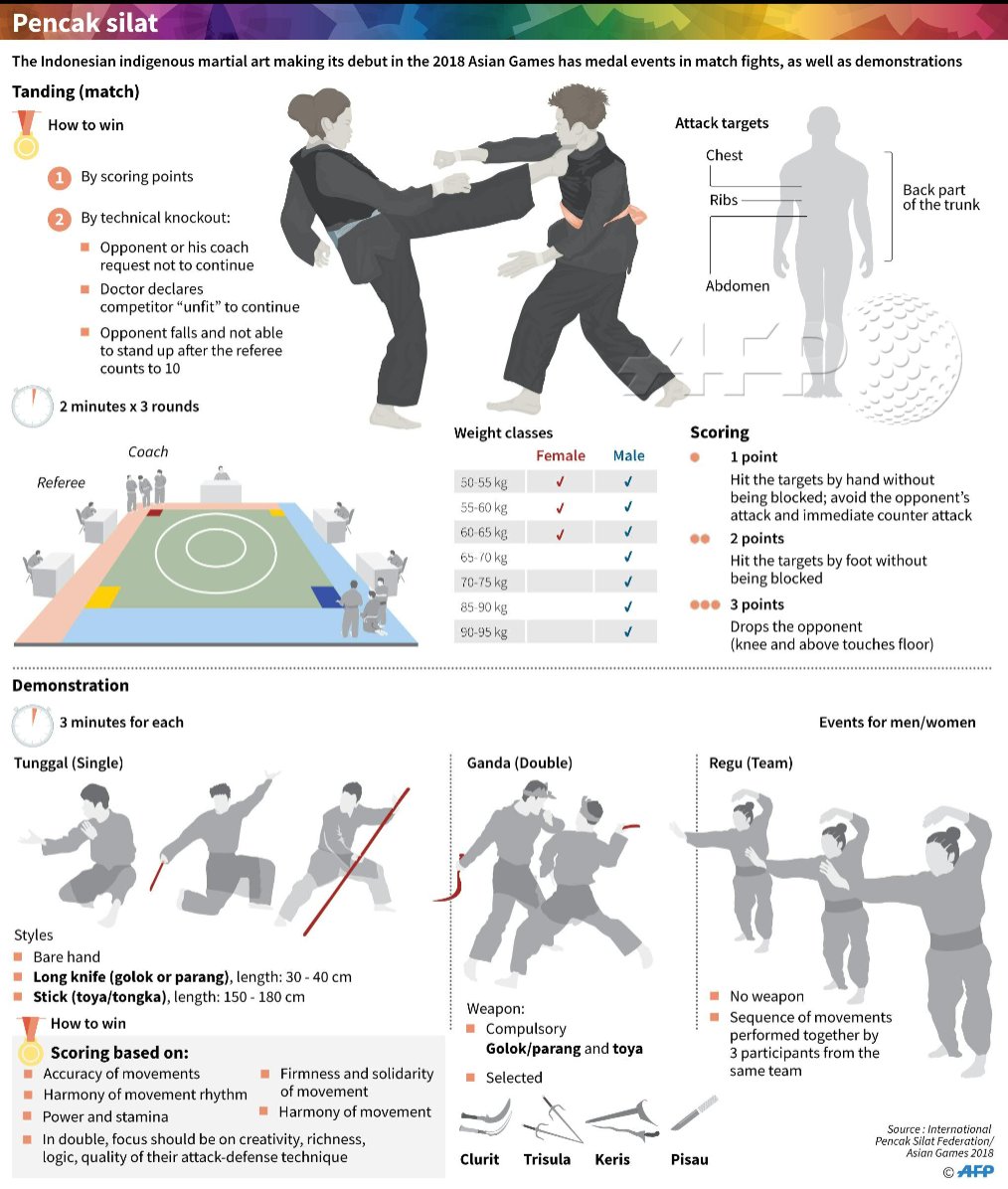Training In Martial Arts Weapons: A Journey With Time And Ability
Training In Martial Arts Weapons: A Journey With Time And Ability
Blog Article
Web Content Develop By-Soelberg Mcclure
Discover the old roots of martial arts weapons training, shaping battle techniques and self-control. Ancient worlds like Egypt and China refined their skills with different tools like bows, staffs, swords, and nunchaku. Given through visit their website , conventional tools such as katana, nunchaku, bo staff, and sai use one-of-a-kind attributes and strategies. Modern tool training integrates conventional concepts with modern techniques, focusing on rate, accuracy, and flexibility. Boost your combat abilities by discovering the abundant background and varied techniques of martial arts weapons.
Old Beginnings of Defense Training
Checking out the old roots of tools training reveals the fundamental concepts that have shaped martial arts techniques for centuries. In ancient people, weapons training wasn't only a way of fight but additionally a way to infuse discipline, honor, and regard. The earliest types of tools training can be mapped back to ancient Egypt, where soldiers were learnt the art of archery and spear combat. These skills were vital for shielding the kingdom and guaranteeing its prosperity.
As human beings advanced, so did the methods and tools used in training. In old China, martial arts practitioners developed their abilities with weapons like the staff, sword, and nunchaku. visit the next document weren't only devices for protection yet also signs of stamina and mastery. The training methods were given from generation to generation, maintaining the traditional methods and ideologies.
Through the research study of ancient tools training, modern martial artists acquire a much deeper understanding of the discipline and devotion required to grasp these skills. By recognizing the legacy of old warriors, specialists continue to support the timeless principles of martial arts.
Conventional Fighting Style Weaponry
The development of martial arts weaponry from old worlds to modern-day technique highlights the long-lasting relevance of traditional tools in combat training. Traditional martial arts weaponry includes a large range of tools such as the katana, nunchaku, bo team, and sai. These weapons have actually been passed down through generations, each with its one-of-a-kind qualities and techniques.
The katana, a typical Japanese sword, is recognized for its sharpness and accuracy in strikes. Nunchaku, consisting of two sticks connected by a chain or rope, call for skilled dealing with for effective combat. The bo personnel, a lengthy stick normally made of wood, is flexible in both attack and protection maneuvers. The sai, a three-pronged metal weapon, is adept at trapping and obstructing opponents' strikes.
Educating with these conventional tools not just develops physical combat skills yet also grows discipline and focus. By understanding the strategies of standard martial arts weaponry, practitioners can personify the rich history and culture of martial arts while boosting their combat proficiency.
Strategies for Modern Tool Training
Modern tool training techniques highlight versatility and performance in battle scenarios, mixing conventional principles with modern strategies for optimum performance. To excel in modern-day tool training, concentrate on improving your rate, accuracy, and adaptability. Exercising with tools like knives, batons, and firearms needs understanding techniques that prioritize swift strikes and specific defensive maneuvers.
Maneuvering plays a crucial role in modern weapon training, enabling you to preserve appropriate range from your opponent and swiftly change between offending and defensive stances. By including liquid motions and fast footwork drills into your training program, you can properly escape strikes and launch counterblows with precision.
Additionally, modern tool training highlights the value of situational awareness and critical reasoning. Comprehending just how to evaluate dangers, determine susceptabilities, and manipulate openings in your challenger's defense is essential for success in battle situations. By developing your analytical skills and developing a tactical attitude, you can outmaneuver adversaries and emerge triumphant in testing circumstances.
Final thought
So there you have it! You have actually discovered the ancient beginnings of tools training, discovered conventional martial arts weaponry, and discovered techniques for contemporary tool training.
Now go out there and exercise what you have actually discovered, and become a master of martial arts weapons! Keep in mind, the possibilities are limitless, and with devotion and technique, you can end up being a weapon-wielding ninja in no time!
